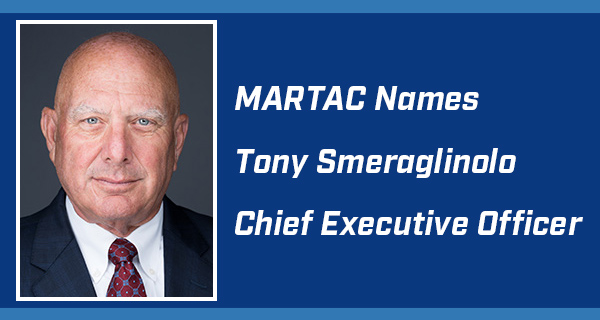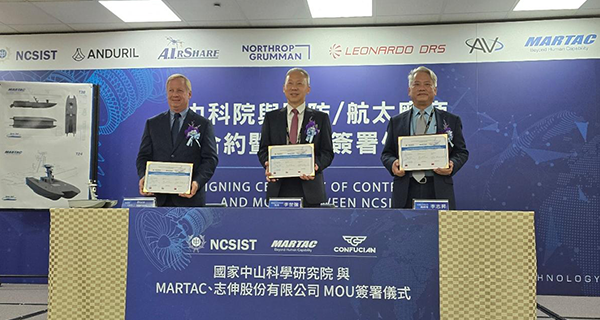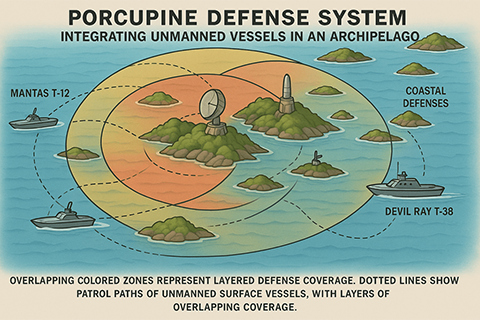Optimizing for the Contested Logistics Mission: The Role of Maritime Autonomous Systems
- January 28, 2025
The U.S. Marine Corps has spent more than 75 years honing the ability to assault a heavily defended beach, beginning with the famed island-hopping campaigns in the Pacific during World War II. In that time, the service has updated its tactics, techniques, and procedures and embraced new technology to maximize the success of these assaults and minimize the loss of sailors and Marines.
Far less attention has been paid to what happens after the initial assault. Enabling Marines to move beyond the beach depends on the assaulting force being able to provide continuous contested-logistics support. Unlike armies in a land campaign, during which various vehicles can provide this support, the expeditionary strike group’s ships must deliver everything Marines need to sustain the fight. Until the Marine Corps can devise a way to do so without unsustainable losses, the assaulting force will never have the weapons, fuel, food, and gear it needs to move inland. Autonomous surface vessels could provide a solution.





